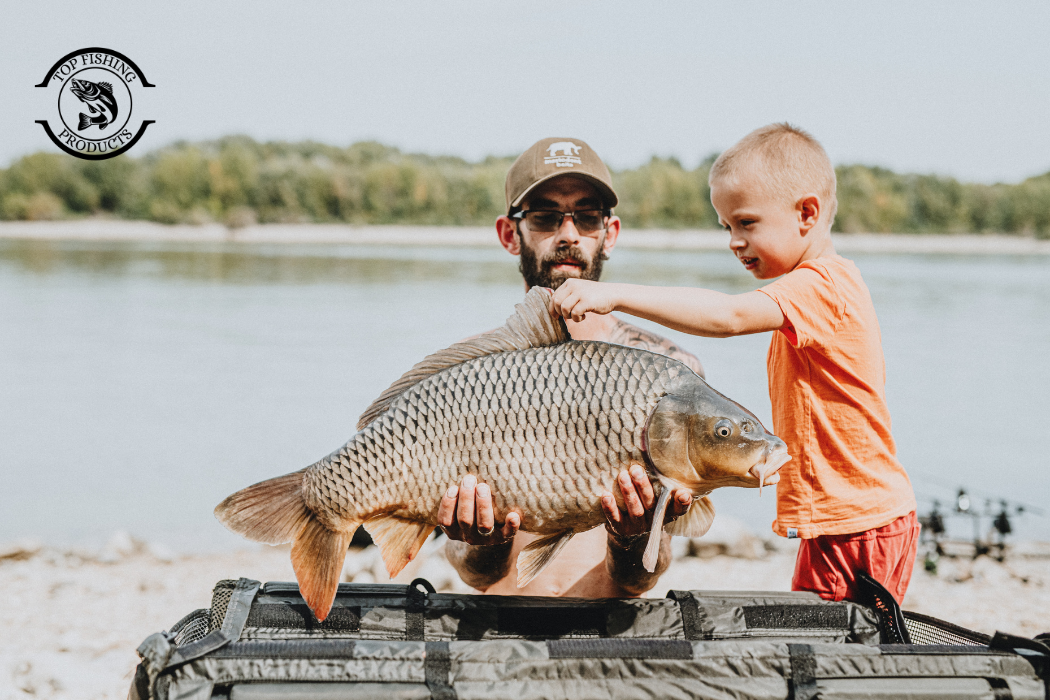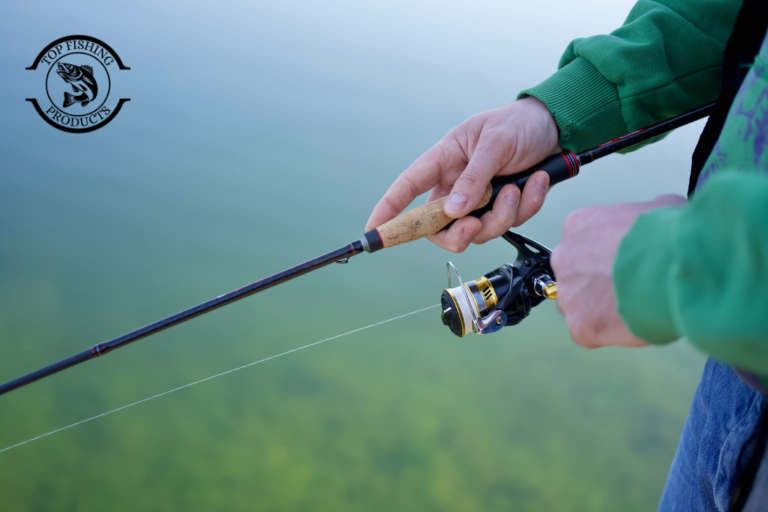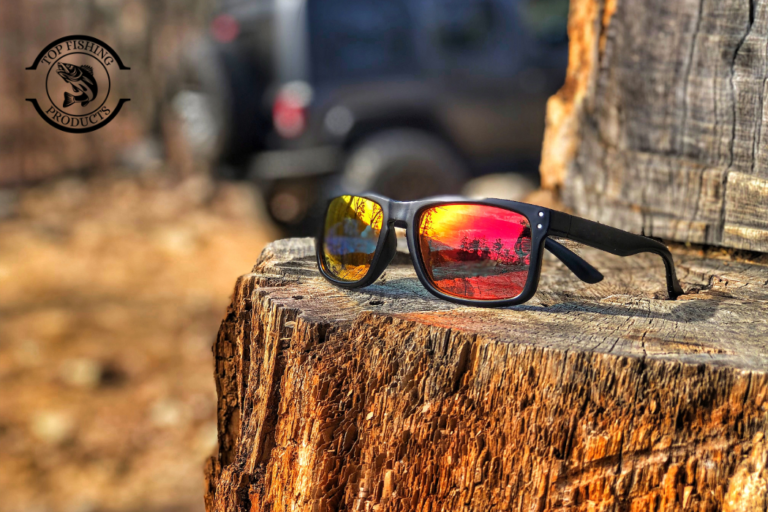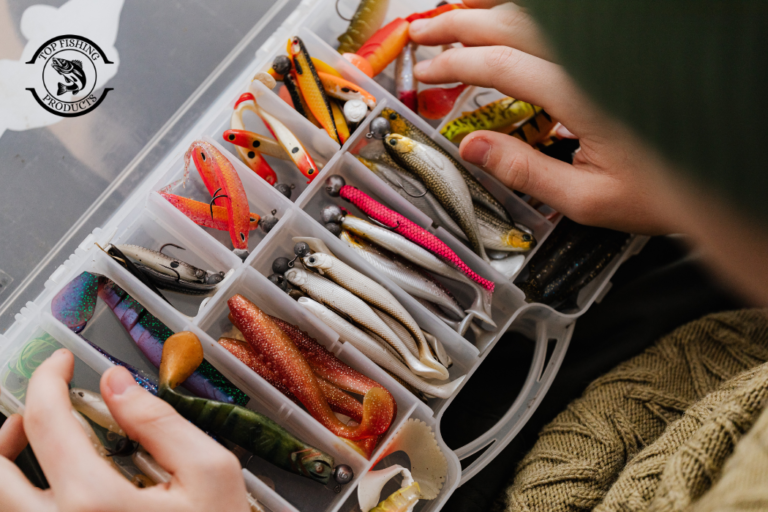One of the most popular types of freshwater fishing in the world is how to fish for carp. It should come as no surprise that carp are popular targets for both beginner and experienced anglers because of their size, strength, and exciting nature. Carp are also freely accessible to almost everyone because they are found in most lakes, ponds, and rivers.
This article is for you if you are new to carp fishing and need to know how to do it. From choosing the ideal location to utilizing the right bait, the right equipment, and the right techniques, we will walk you through every step of the process. You will understand precisely how to fish for carp by the end of this article. Now let’s get started:
Why Carp Fishing is So Popular
However, it is important to understand why carp fishing is so popular with so many people before looking at the techniques. Because of their famous size and strength, carp struggle greatly when hooked. Because of this, catching one is very exciting and satisfying. The accessibility of carp is another factor contributing to its popularity.
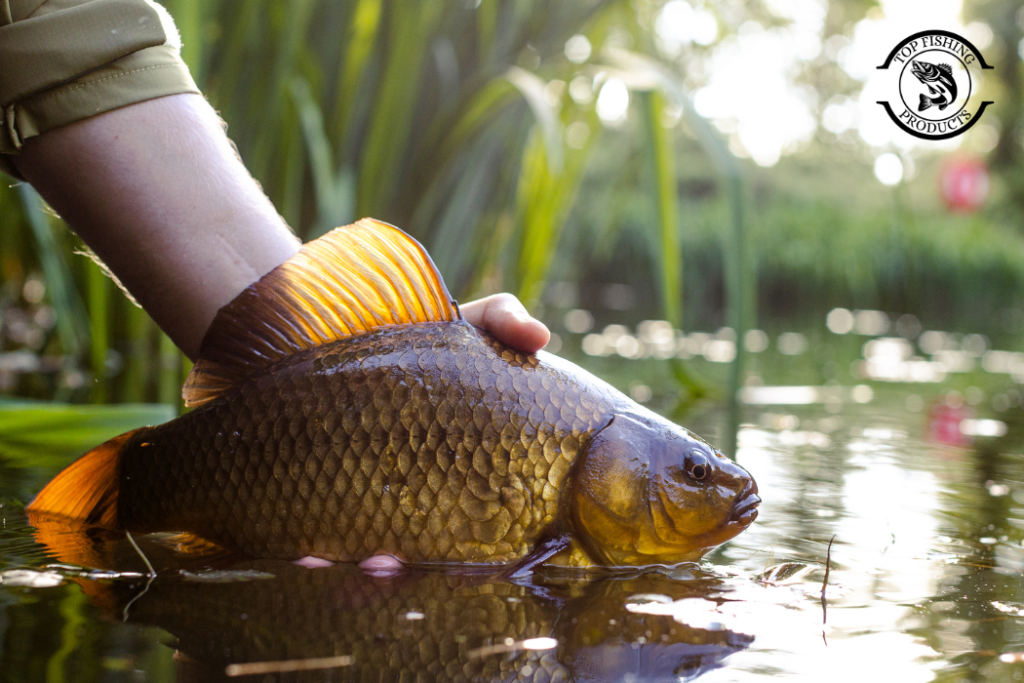
Additionally, you won’t have to travel far to catch them because they can be found in many freshwater bodies, including lakes, ponds, and rivers. In comparison to other species, carp can be caught almost all year round. Finally, fishing for catfish is a peaceful hobby. Many people love carp fishing for the peaceful outdoor times as much as the thrill of the catch.
Fishing for Carp (Detailed Guide)
It’s not a difficult task to fish for carp because you only need the right equipment and the best carp fishing tips for beginners to do it. Here’s the professional guideline that will help you to face the carp easily. Let’s explore:
Step 1: Find a Good Carp Fishing Spot
Finding the right spot is the first step in carp fishing. Although they live in a variety of freshwater habitats, carp have certain preferences. Carp fishing is most common in lakes and ponds, where they often stay in shallow areas with cover and vegetation. Carp are also very well found in slow-moving, quiet rivers. Look for cover near the water, such as lily pads, reeds, or fallen trees, as carp like to nest there to hide their food and shelter.
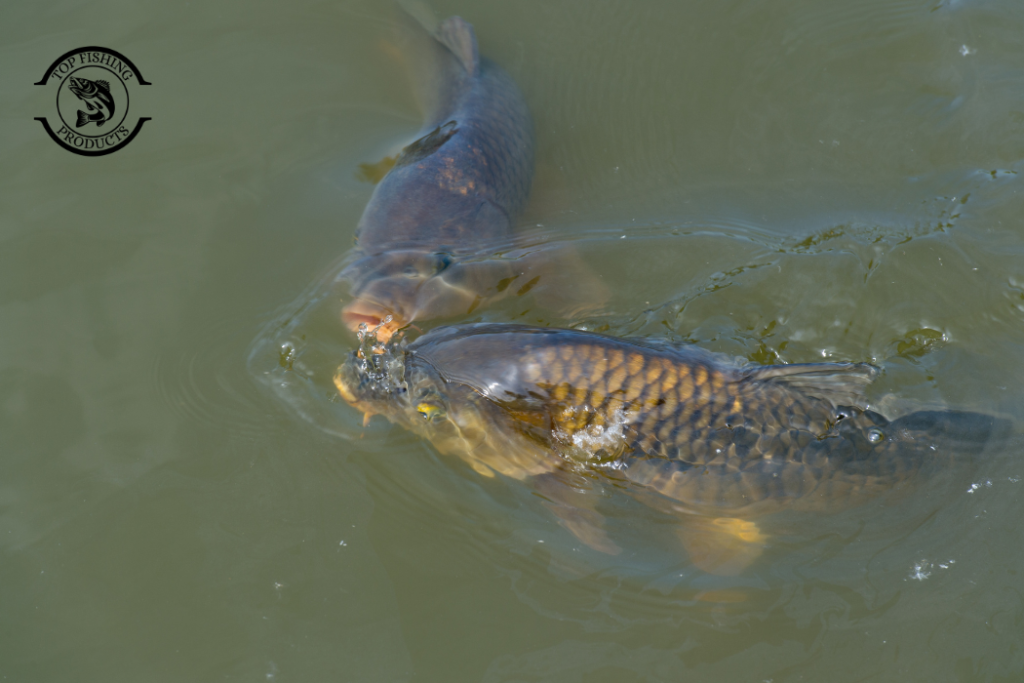
Because carp live in both shallow and deep waterways, depth is also important. They often stay near the surface or in shallow water during the summer months, but to stay warm during the winter, they travel farther into the sea. To identify carp activity, such as bubbles, splashes, or rolling fish near the surface, it’s a good idea to circle the water.
Step 2: Choose the Right Fishing Gear
You only need rods that can support the length of carp because these fish are strong. The carp used by most fishermen is about 12 to 13 feet long. This is considered an ideal length for your rod, but you can choose whatever you prefer to fish. A spod rod is only used to throw large bait, and a feeder rod is for bottom fishing with bait. There’s one more rod that is known as a float fishing rod, which is just for surface fishing.
While fishing for carp, a baitrunner reel or a large pit reel is a better choice. Both these reels are equipped to handle heavy fish. A Stronger line is better for the easy-to-snag locations. Most of the anglers use 10 and 20-pound lines for strength. Another important part is hooks. For catching and releasing fish bar barbless circle hooks are recommended because of their durability and safety. In addition to rod, reel, line, and hooks, you should have all the equipment.
And the best type is an unhooked mat can help you to unlock the carp gently. By using this mat, you will not hurt yourself. A landing net and fish or shelter will help you and your fishing journey. A landing net will be beneficial when you catch the fish, and the chair is for you to sit in front of when you need to spend more hours outside.
Step 3: Pick the Best Bait for Carp
What is the best bait for carp? Depending on the season, carp will eat food from the top while they are bottom feeders. Choosing the right bait is probably the most important part of carp fishing. Natural bait works incredibly well. Because they move naturally and easily attract carp, worms, and maggots, they are a wonderful choice. Another simple, low-cost bait that works well, especially on the surface, is bread. Additionally, sweet corn is popular because carp find its beautiful yellow color to be attractive.
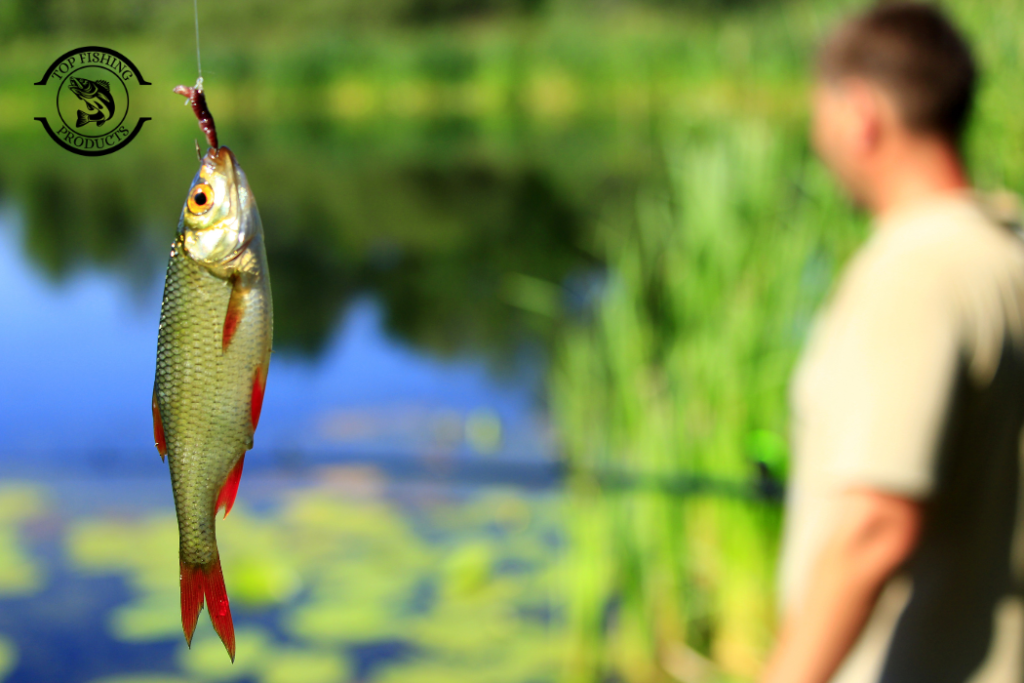
Most anglers use specialist carp baits in addition to natural baits. Boilies are flavored, spherical baits made especially for carp fishing. Additionally, pellets are effective, which are high in nutrients that carp love. Additionally, tiger nuts and particle mixes work very well, especially in the summer when you are targeting larger carp. It’s a good idea to use transparent baits like brown and beige in the summer and brightly colored baits like red, pink, and yellow in the winter when the water is less clear.
Step 4: Learn How to Set Up Carp Rigs
The setup of your line, hook, and bait is called rigging. The rigging process has a significant impact on your fishing journey. Carp rigs are specially designed to increase your chances of hooking a fish by using bait that mimics natural bait. There are a lot of rig options, but pop-up rigs are specifically designed for the bottom surface.
The bolt rig allows the fish to hook itself if the fish tries to pull the bait. That holds the bait so the carp can suck it in easily. You need to practice the steps again and again until you get better. Your practice will move your experience towards significantly successful outcomes.
Step 5: Cast and Wait for the Carp
It’s time to cast into the water after getting your setup and bait ready. Choose a suitable location where you can see carp activity or where there are some plants or cover. Take care when throwing your bait to avoid frightening the fish away.
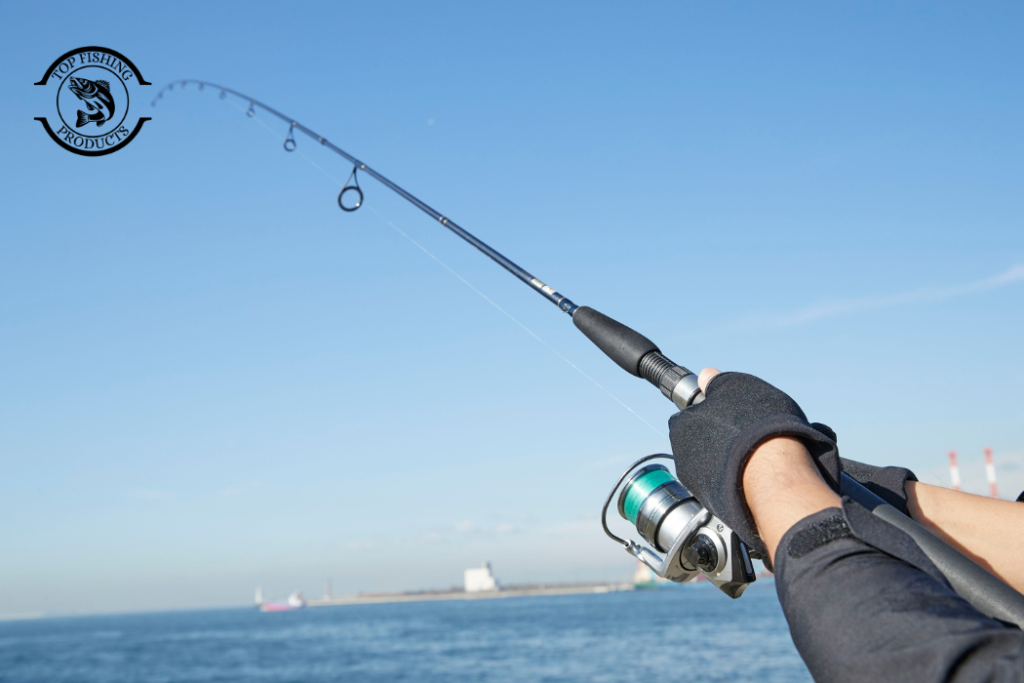
Place your rod on a rest and bide your time. Since carp fishing involves lengthy waiting times, most anglers pack food, seats, and sometimes small tents to make the experience more enjoyable and soothing.
Step 6: Hook, Land, and Release the Carp
If you are using alarm bites, you will hear your alarm ring or feel the line pull if a carp bites your hook. In this situation, raise your rod firmly but not violently and strike lightly. Aggression might snap the line, so let the carp run and struggle.
When the carp is tired, gently guide it to your landing net. Carefully handle the fish while it is on an unhooking pad. Carefully remove the hook and return the carp to the water. This keeps the fish healthy and makes it possible for others to catch it in the future.
Best Times and Seasons to Fish for Carp
How to fish carp in summer is ideal since carp forage most actively at this time of year. The best times of day to catch them are early in the morning at dawn and late at night around dusk. During the day, carp can also be caught due to ideal water temperatures and high carp activity during spawning.
Late spring and early summer are typically the best times of year to go carp fishing. Although they prefer deeper water with a little warmth, they can still be caught in the winter.
What to Wear When Carp Fishing
When fishing for carp, clothing is also very important. Because carp are extremely sensitive to sight and movement, camouflage or shades of gray like black, green, or brown will help you blend in with your surroundings. You may have to wait for hours to get a bite, so it’s also critical to wear appropriate clothing for the weather.
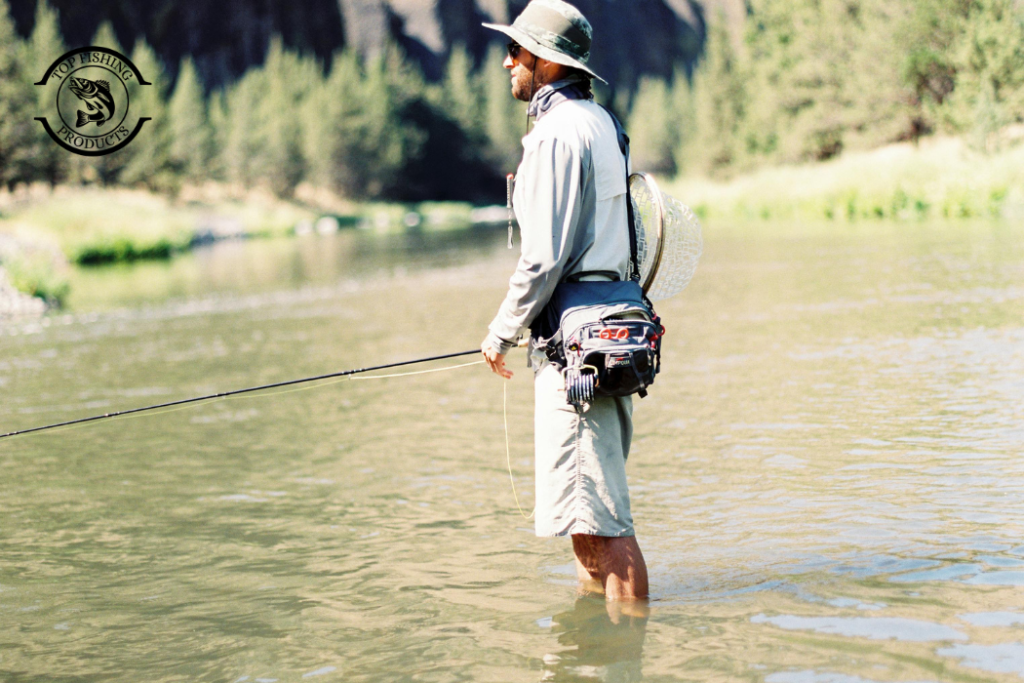
Extra Tips for Carp Fishing Success
Carp fishing is a patient activity, and learning how to fish for carp starts with enjoying the calm experience while you wait. Don’t expect results right away, but you can improve your chances by pre-baiting the area—throwing some bait into the water before you start fishing.
It’s important to keep calm because loud noises could frighten the fish away. Beginners should start with simple rigs and equipment until they feel confident enough to move on to more complex techniques.
Conclusion
Catching fish is just one part of carp fishing, it’s a whole outdoor experience. Every step of the process, from choosing the best bait to figuring out the best site and gear, is exciting and rewarding. Because carp are tough, smart, and challenging to catch, each catch is unique.
Carp fishing is a fantastic hobby that anyone can engage in, regardless of whether they fish for fun, for fun alone, or as a challenge. You may easily catch these amazing fish if you train enough, have enough patience, and apply the right techniques. So grab your rod, fill it with bait, and head to the lake or river in your area. Maybe that big, powerful carp is waiting for you.
Frequently Asked Questions:
Are carp good for beginners?
Yes, carp fishing is great for beginners. With the right gear and simple baits like bread or sweetcorn, even a new angler can catch carp.
What is the best bait for carp?
Some of the best baits are maggots, worms, sweetcorn, bread, and boilies. In winter, bright-colored baits often work better.
Can you catch carp all year round?
Yes, you can fish for carp all year, but the best times are late spring and summer when carp are most active. In winter, they stay in deeper water.
How big can carp grow?
Common carp can grow very large, often over twenty pounds, and some even exceed forty pounds. That is why they are so exciting to catch.


